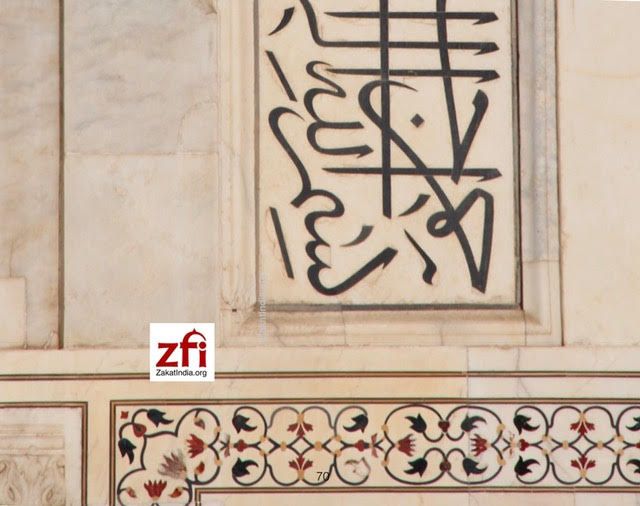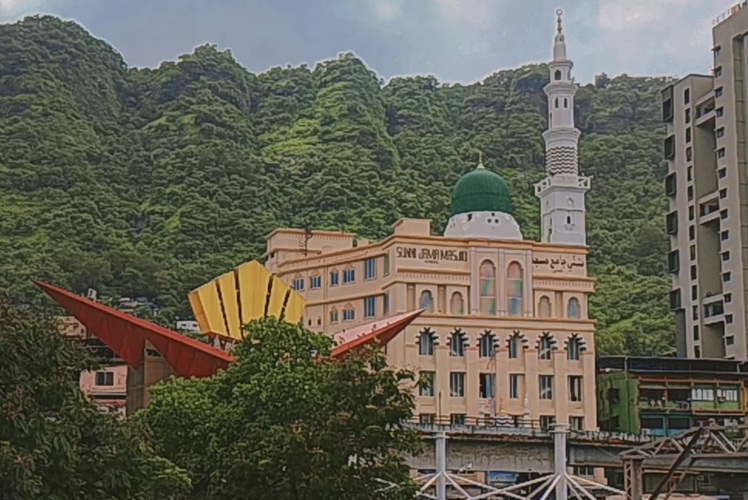Agra : The controversial Taj Heritage Corridor which brought down the Mayawati government in 2003 is being resurrected in a new avatar — but disturbing questions remain, environmentalists say.
The Uttar Pradesh horticulture department, in collaboration with the Archaeological Survey of India, has started greening the vast wasteland sandwiched between two world heritage monuments, the Taj Mahal and the Agra Fort, after the local MP and the chairman of the SC/ST Commission Ram Shankar Katheria laid the foundation stone of the new Taj View Garden a few days ago.
The Supreme Court, some 10 years ago, had asked the Archaeological Survey of India to clean up the debris from the corridor site and develop the 80 acres of reclaimed land as a green buffer to insulate the Taj Mahal from air pollution. But for want of resources, it took more than a decade for the work to start.
“We have laid a new lush green lawn and lined up ornamental plants. Come rainy season and the whole area would be a green delight and attract tourists,” UP horticulture department’s garden superintendent Mukesh Kumar said.
Agra Mayor Navin Jain has promised that the municipal corporation would extend the green frontiers and maintain the newly-developed park.
Once completed, the green stretch will be a new attraction for tourists.
Till recently the land was being used not only as a dumping ground for garbage but also as a place to bury bodies of children and aborted foetuses. The sprawling 80-acre platform, recovered through dredging of the river bed and refilling of the open space, was left unfinished after corruption charges were levelled against Mayawati. The charges eventually brought down her government.
The corridor was to begin from Khan-e-Alam, close to the Taj Mahal, and extend two kilometres towards the city behind the Agra Fort. It was to be extended later to allow tourists to reach Etmaddaula and Ram Bagh on the other side of the river.
For months, hundreds of tractors, earthmovers and machines worked round the clock to dig out silt and deposit it on the river bank to create a new platform, which was laid with Rajasthani stones.
The space was to be used to erect tall buildings, amusement parks, shopping malls and the like.
But, after a hue and cry from conservationists that the corridor would endanger the monument and allegations of large-scale corruption in the project, the Central government suspended the work in 2003. The alleged scandal reportedly involved government allotment of large tracts of land along the proposed corridor to a private builder for a song.
As the case against Mayawati dragged for years, the corridor remained an eyesore between two world heritage monuments. Scores of foreign tourists visit the site daily and take pictures that were not too flattering.
Environmentalists have on several occasions expressed concern at the alarming pollution level in the Yamuna after hundreds of truck-loads of waste, including carcasses of animals and bodies of children, was dumped into the river.
When tourists looked at the Taj Mahal from Agra Fort, what they saw was a disturbing sight — heaps of stinking garbage, carcasses and graves of children dotting the structure and mounds of rubble that invite mosquitoes, dogs, snakes, crows and vultures.
“Such an ugly sight near the world’s most beautiful monument can be repulsive and nauseating,” environmentalist Harendra Gupta said.
Rajiv Gupta, former president of the National Chamber of Industries and Commerce, thought that “a positive beginning has now been made and soon Agra will have a new tourist attraction”.
But local environmentalists point out that the so-called heritage corridor was, legally speaking, an encroachment on the Yamuna river bed. “That was the reason why work was stopped. Now instead of dismantling and removing the debris, they are seeking to legitimise an encroachment of public land,” said Shravan Kumar Singh of the Braj Mandal Heritage Conservation Society.
Eminent historian Prof R. Nath, who had first drawn attention to this controversial corridor back in 2002, told IANS on phone from Ajmer: “This corridor should be cleared and the Yamuna allowed to breathe free. Also, the artificial park created just behind the Taj Mahal on a mound of debris should be immediately cleared as it has distanced the river Yamuna which should flow touching the base of the monument. The powers that be should stop playing with monuments.”
(Brij Khandelwal can be contacted at brij.k@ians.in)
—IANS






0 Comments